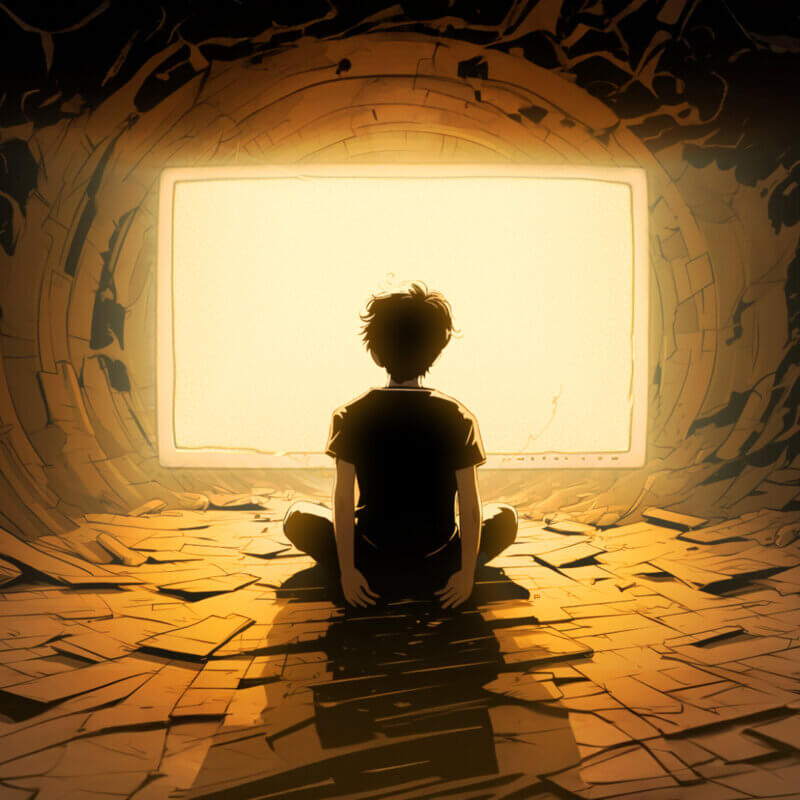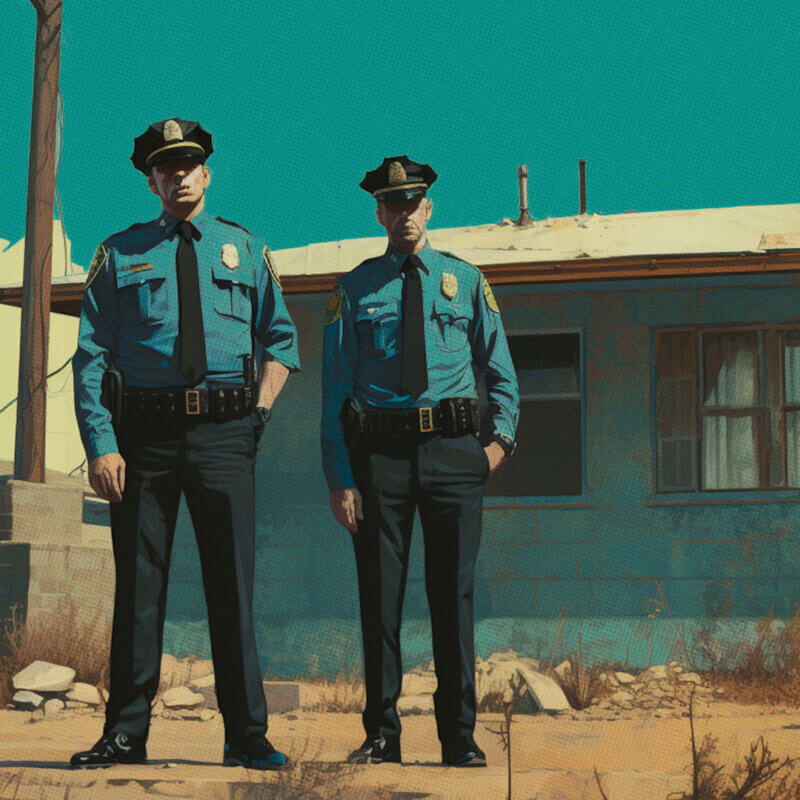People say that prostitution or “sex work” is a choice. So, is it?
Most of us today have heard stories of the millions of women and children forced into prostitution through human trafficking.
We’re aware and we’re grieved.
But what about those women in prostitution who weren’t trafficked? Did those women willfully choose prostitution? And are they as empowered, independent, and sexually liberated as many would have us believe?
Through years of research and thousands of conversations with prostituted women across the world, we’ve come to learn a very different picture of prostitution. And the truth of this picture is that prostitution can be more accurately described as the choice of those with the fewest choices.
Nearly without fail, women enter prostitution from a position of vulnerability. Many women “choose” prostitution as children—some as young as 12. This so called “choice” is heavily influenced by prior sexual abuse. It is influenced by the unrelenting messages from the media, pop culture, and society, that communicate that a woman’s primary value is her sex appeal.
Many prostituted women and children come from families broken by poverty, addiction, and mental illness. Many are homeless, orphaned, refugees, or suffer some form of social disadvantage.
According to the largest study ever conducted on prostitution, 89% of those in prostitution wanted to escape it.
And the sad fact is that almost no one gets out of poverty through prostitution. In fact, as legal scholar Catherine Mackinnon put it, “they are lucky to get out with their lives given the mortality figures.” No one chooses to be poor when given other options.
The real money makers of prostitution are pimps, traffickers, and other predatory stakeholders. As such, these individuals have devised a clever cover narrative that says, “sex work is real work,” which conceals the deeper truth of what is actually happening to those being sold for sex, preventing the outside world from seeing the injustice.
Pimp-controlled prostitution is the most common form of prostitution in the US by many estimates. In fact, several organizations have found that the amount of prostituted women under pimp control is upwards of 90%. While some women enter the industry independently, 80% of those who do become involved with pimps over time.
Pimps and traffickers (we will use this term interchangeably) will use combinations of force, manipulation, and intimidation to maintain control of the women. According to research by Melissa Farley, pimps assume psychological, biological, social, and economic control over the lives of the women they sell to “johns” through the use of chronic terror, cunning use of various aspects of captivity, and isolation from others. In addition they employ starvation, sleep deprivation, protein deprivation, conditioned physiologic hyperarousal, unexpected sexual violence, and learned helplessness.
Additionally, women in prostitution face much higher levels of violence than any other profession. According to a study of prostitution across nine countries, 64% of women in prostitution have been threatened with a weapon, 73% had been physically assaulted, and 57% had been raped. Of the 57% (483 people) who had been raped in prostitution, 59% (286 people) had been raped in prostitution 6 or more times.
One formerly prostituted woman wrote about the sentiment of choosing prostitution. She said, “When I think about my choices, they were simply these; have men on and inside you, or continue to suffer homelessness and hunger. Take your pick, make your choice.” The study above also found that 75% of those in prostitution have been homeless at some point in their lives.
Prostitution preys upon the most vulnerable in our society, coercing individuals through life circumstances to trade sex for the hope of a better life. Or even to simply survive.
If this is the truth of prostitution, then prostitution is not a choice. If we truly care about the dignity, safety, and empowerment of women and children, then we must fight for a world without prostitution. We must fight for a world where our most vulnerable are offered real choices.
Thankfully, there’s a growing number of women who are speaking out about their experiences in prostitution, shattering the facade of the “empowered sex worker.” You can hear their stories on the Exodus Cry Podcast.
Interested in learning more about prostitution? Check out this article:
Is “Sex Work” a Legitimate Job?





